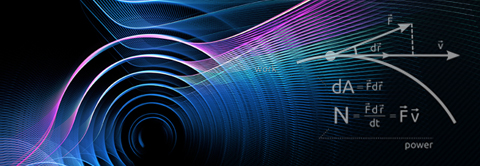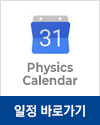| 날짜 | 2022-01-12 11:00 |
|---|---|
| 일시 | Jan 12th (Wed), 11:00 AM |
| 장소 | Zoom and E6 #1323 |
| 연사 | Joonseok Hur (MIT) |
Title: Spectroscopic study of trapped ions towards probing dark matter and new physics
Speaker: Joonseok Hur (MIT)
January 12th (Wednesday), 11:00, E6 #1323 &
Zoom link: https://kaist.zoom.us/j/86232436126
Historically, precise atomic spectroscopy has led to new physics in many instances. Precision low-energy experiments may thus supplement high-energy and astrophysical approaches. It has been proposed to measure the isotope shifts (ISs) in ions to probe new physics using King plots [1], a two-dimensional graph that maps the measured ISs [2]. The Standard Model (SM) predicts in the leading order that the points in King plots should lie on a straight line. Departure from such linearity is unambiguously observed in our recent experiments with narrow optical transitions in trapped ions [3]. However, the contribution of higher-order corrections to the non-linearity within the SM complicates the test. The sources of the observed violation should be examined carefully to decouple the SM corrections arising from nuclear physics from possible new-physics contributions.
Here I will present our latest experimental and theoretical efforts to observe the non-linearity, identify its physical origin, and obtain the bound on dark boson-mediated interaction as a particular type of new physics that is of increasing interest. Future works will be discussed subsequently.
[1] J. C. Berengut et al., Physical Review Letters 120, 091801 (2018); V. V. Flambaum, A. J. Geddes, and A. V. Viatkina, Physical Review A 97, 032510 (2018); C. Delaunay et al., Physical Review D 96, 093001 (2017).
[2] W. H. King, Isotope Shifts in Atomic Spectra (Plenum Press, New York, 1984).
[3] I. Counts*, J. Hur* et al., Physical Review Letters 125, 123002 (2020) for the early stage of the work.
Contact: Myeongsoo Kang (mskang@kaist.ac.kr)






